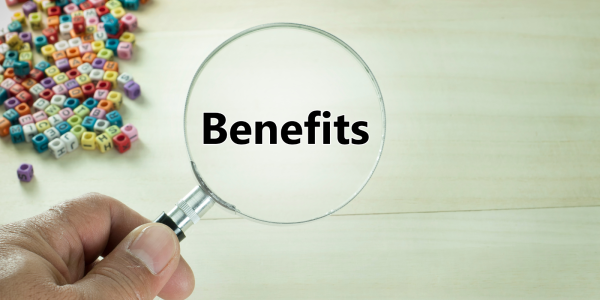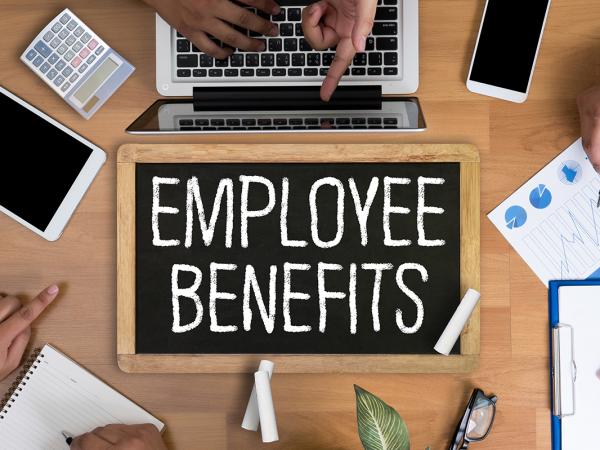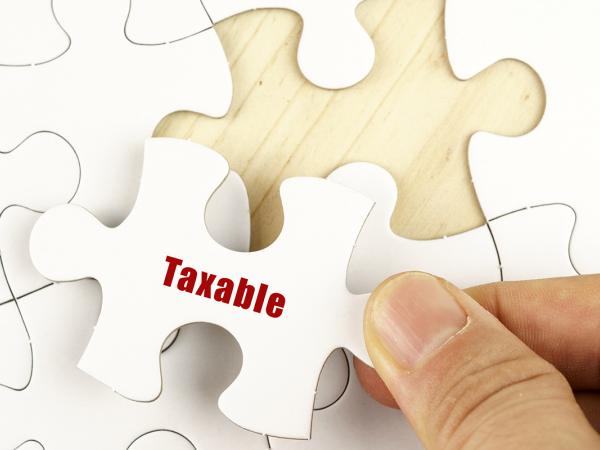Paying tax on employment benefits
On this page, we look at how you pay tax on benefits-in-kind, also known as non-cash benefits, as an employee.

Content on this page:
Introduction
If your employer provides you with a taxable benefit, such as use of a company car, the taxable benefit has to be valued. For most types of benefit-in-kind, the law sets out how you should work out the value. You pay tax on the taxable value of the benefit.
We describe how the taxable value is calculated on our page on taxable benefits in kind.
You pay the tax on benefits in one of two ways, chosen by your employer:
- the P11D method, or
- the payrolling method.
Your employer may choose to use a mixture of the two ways for different benefits. We look at each method and what it means for employees below.
The P11D method
This is the method that was in use for all benefits before 6 April 2016 and continues unless your employer opts to use the ‘payrolling’ method (see below). If you receive taxable benefits, your employer gives you a form P11D by 6 July following the end of the tax year, for example, by 6 July 2025 for the tax year 2024/25. This summarises the type and value of the benefits that you have been provided with. The amount on the form P11D represents additional employment income and is taxable. A copy is also sent to HMRC.
Once they get a copy of the form, HMRC may try to collect the tax due on your P11D taxable benefits through your tax code. If so, HMRC will amend your tax code to include the value of the taxable benefits. This adjustment for a taxable benefit will appear as a deduction from your tax allowances for the tax year and will mean that more tax is collected than would be the case on your wages or salary alone.
To understand more about this, see the example Dean below and our page on PAYE coding notices.
When you are first provided with a benefit, there can be a time lag while HMRC receive and process the relevant P11D information. For example, HMRC are unlikely to be able to deal with benefits first provided to you in 2024/25 in your 2024/25 tax code unless you contact HMRC and let them know about the benefit. (Company cars are slightly different as employers should report cars to HMRC fairly soon after they are made available to an employee.)
If you do not do this, you are likely to receive a P800 calculation showing an underpayment of tax for 2024/25, which HMRC will try to collect by adjusting your tax code during a later year. Alternatively, HMRC may issue you with a simple assessment and request the underpaid tax be paid in one lump sum.
If you are required to complete a tax return, you must include any P11D benefits on your tax return. Any tax due will normally be collected by 31 January following the end of the tax year.
Thereafter, HMRC try to include estimated amounts of benefit income in current year codes, so that they can try and collect the tax during the tax year in which you receive the benefit.
In some instances where you receive benefits via the P11D method, you may find that your tax code is adjusted for a prior year underpayment and a current year estimated liability on benefits all at the same time.
It is therefore very important to check your coding notice to ensure that any benefits are being included properly and that any tax underpaid from an earlier year due to benefits is correctly shown.
The payrolling method
Your employer must tell you if this method is being used. Your employer calculates the value of the benefit being provided to you during the whole year and then collects the tax due on that benefit directly through the payroll. This is explained further in the example of Steph below.
Before 1 June following the end of the tax year, so by 1 June 2025 for the tax year 2024/25, your employer must provide you with a statement showing the benefits that have had tax collected on them through the payroll.
Your employer may not payroll all of your benefits so you may also receive a P11D for some of them. Employers cannot currently payroll living accommodation or interest free loans.



